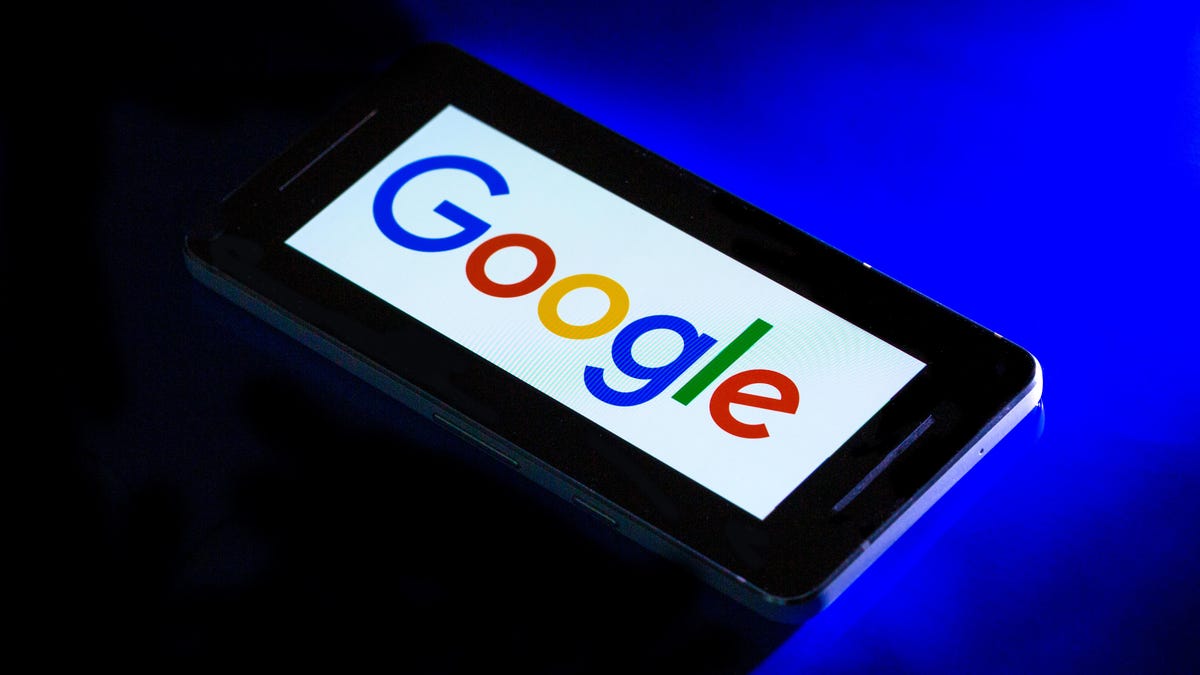Google targets emerging markets with Android 'Go,' speeding up apps on low-end phones
Getting more people on smartphones is good for Google's business.

Google launches the next version of Android for low-end phones.
Google on Thursday launched a new version of its Android mobile software that's designed specifically for low-end phones, a move aimed at attracting users in emerging markets using cheaper devices.
The specialized version of the operating system, called the Go Edition, includes rebuilt versions of Google's services -- including Gmail, Maps and YouTube -- that are meant to be lightweight and consume less cellular data. Google first started releasing Go versions of Android in 2018. With this year's offering, the company says apps will launch 20% faster than they did with last year's Go software.
The announcement follows the release of the tech giant's Android 11 software earlier this week, the latest version of the company's wildly popular operating system. Google's mobile platform powers almost nine out of every 10 smartphones shipped globally.
For Google, reaching people in emerging markets is crucial to making sure its business can grow. The more people who have smartphones, the more they might use them to search for things on Google or watch a video on YouTube. That means Google gets more data to fuel its massive targeted advertising business, which is buttressed by the personal information of the company's users.
Android Go's software pays most attention to the way a phone uses data because most people on Go will likely be on prepaid plans. A data management screen in the phone's quick settings tells you how much data you have left. A special version of the Play store highlights apps that work better with entry-level phones. For example, an app might be featured because it has a good offline mode.
This year's version of the software runs on devices with 2 gigabytes of memory or less, an expansion from last year's release, which only ran on phones with 1.5 gigabytes. The extra capacity is what allows apps to run faster, Google said.
This isn't the first time Google has targeted emerging markets with its Android phones. In 2014, the company unveiled an initiative called Android One, partnering with handset makers in India and a handful of other countries to help guide manufacturers in building affordable phones. Google, however, evolved the program three years later to focus on security updates and include mid- and high-end smartphones.

